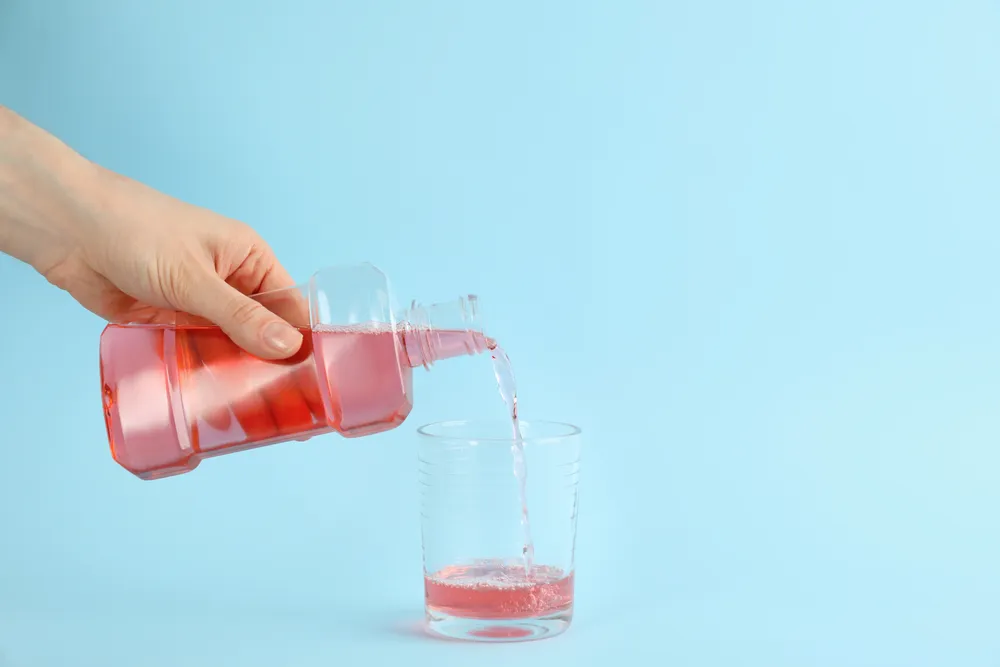Understanding Peroxide and Teeth Whitening
The quest for a brighter, more confident smile often leads people to explore various teeth whitening options. Among the many solutions available, hydrogen peroxide is a common ingredient. This article delves into the use of hydrogen peroxide for teeth whitening, emphasizing safety, proper usage, and potential risks. Understanding the science behind teeth whitening and the role of hydrogen peroxide is essential before starting any treatment. This information is designed to guide you towards a safe and effective teeth whitening experience.
What is Hydrogen Peroxide
Hydrogen peroxide (H2O2) is a chemical compound with a slightly acidic nature, known for its oxidizing properties. It is a common antiseptic and bleaching agent, used in various applications, including teeth whitening. The concentration of hydrogen peroxide varies, with different strengths suitable for different uses. In dentistry, it is frequently used to break down stains and discoloration on tooth enamel. The effectiveness of hydrogen peroxide stems from its ability to release oxygen molecules, which react with staining compounds, breaking them down and making teeth appear whiter.
How Peroxide Works for Whitening Teeth
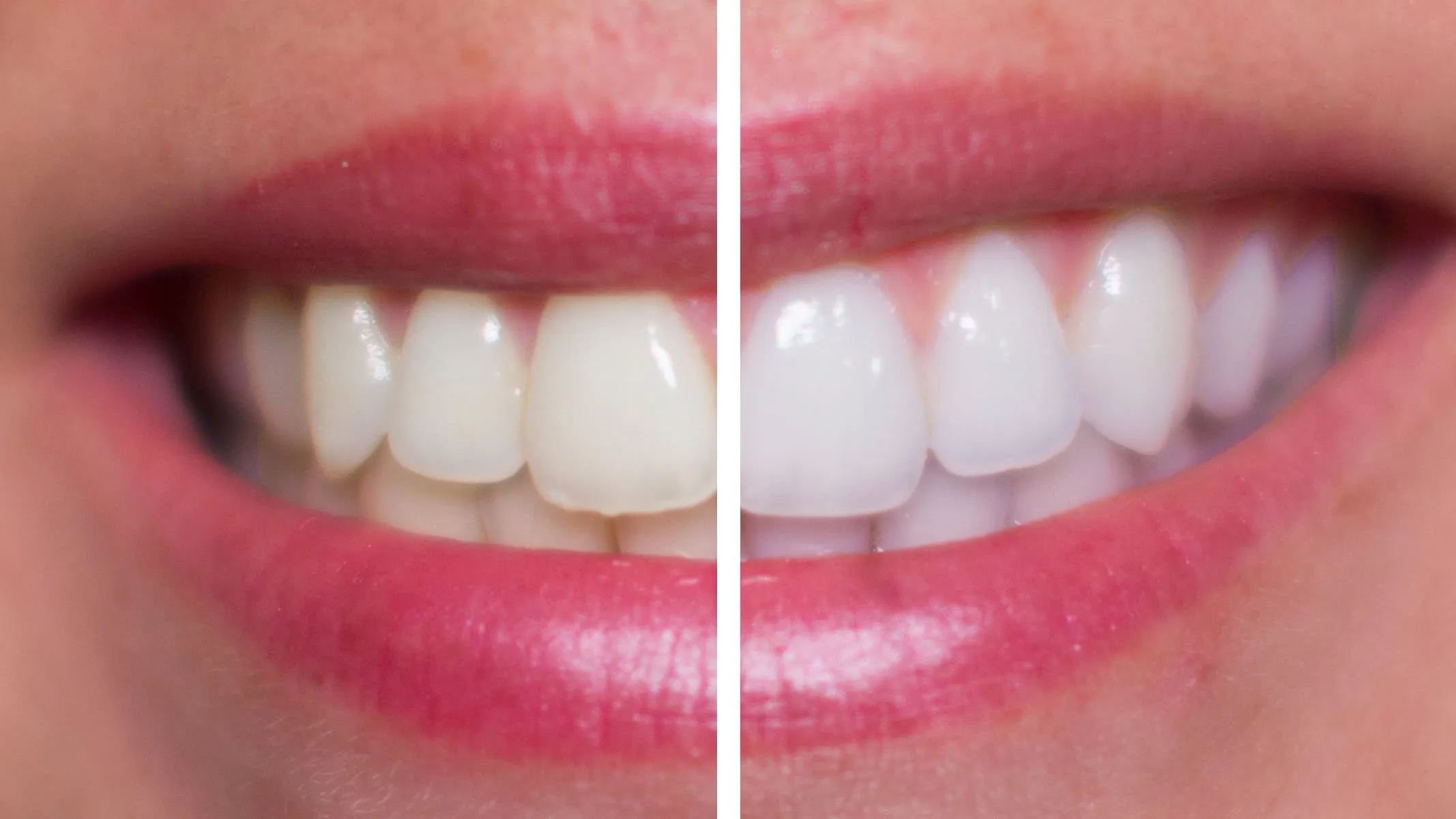
The whitening process of hydrogen peroxide involves oxidation. When hydrogen peroxide comes into contact with the stained molecules within the enamel, it breaks them down. The oxygen released during this process penetrates the enamel, reacting with the discolored compounds. This reaction lightens the stains and reduces the appearance of discoloration. The effectiveness of hydrogen peroxide in teeth whitening depends on the concentration, application method, and the duration of the treatment. It’s crucial to understand that the process is most effective on extrinsic stains caused by foods, drinks, and tobacco, while intrinsic stains may require professional treatments.
Is Hydrogen Peroxide Safe for Teeth
The safety of using hydrogen peroxide for teeth whitening is a frequently asked question. While hydrogen peroxide is effective, its safety is dependent on the concentration used and how it’s applied. Higher concentrations can be more effective but also pose greater risks. It’s essential to use hydrogen peroxide cautiously and ideally under the guidance of a dental professional. The potential risks are real and should be carefully considered before undertaking any teeth whitening treatment. Furthermore, the condition of your teeth, including any existing sensitivity or dental work, plays a significant role in determining the suitability of hydrogen peroxide for whitening.
Potential Risks of Using Peroxide
Despite its whitening capabilities, hydrogen peroxide carries potential risks. These risks highlight the importance of using it correctly and being aware of possible side effects. Understanding these risks can help you make informed decisions regarding your teeth whitening approach. Proper precautions and adhering to guidelines can minimize adverse effects and ensure a safer experience.
Gum Irritation and Sensitivity
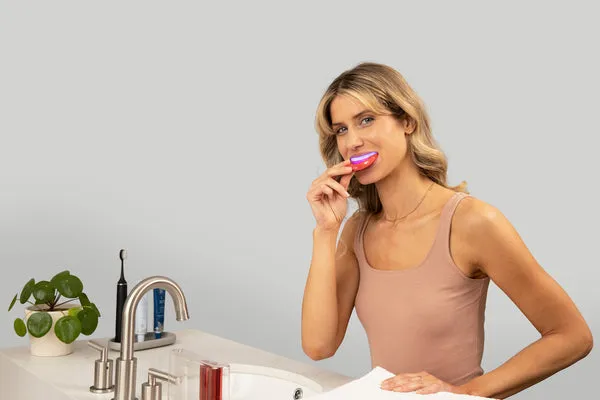
One of the most common side effects of using hydrogen peroxide for teeth whitening is gum irritation and tooth sensitivity. The potent oxidizing properties of hydrogen peroxide can irritate the soft tissues of the gums, leading to inflammation, redness, and soreness. Tooth sensitivity may occur as the peroxide penetrates the enamel, affecting the underlying dentin. This can cause discomfort, especially when consuming hot or cold foods and drinks. To reduce these risks, it’s crucial to use the correct concentration and avoid direct contact with gum tissues. It is also best to consult with a dentist to see if you have any oral issues before using the product.
Enamel Damage
Overuse of hydrogen peroxide or the use of high concentrations can potentially damage tooth enamel. Enamel is the outermost protective layer of the teeth. Excessive exposure to peroxide can weaken enamel, making teeth more susceptible to decay and sensitivity. Signs of enamel erosion include increased transparency, rough texture, and increased sensitivity to temperature changes. To prevent enamel damage, always adhere to recommended concentrations and application guidelines. If you notice any signs of damage, it’s important to stop using peroxide and consult a dentist. Proper dental hygiene practices and regular check-ups can help preserve enamel health.
Proper Concentrations to Use
Selecting the right concentration of hydrogen peroxide is crucial for safe and effective teeth whitening. The effectiveness of hydrogen peroxide depends on its concentration, and different concentrations are suitable for different methods of application. The goal is to achieve the best results with minimal risk. The recommended concentrations often vary based on the application method, with lower concentrations generally advised for home use and higher concentrations used in professional settings. It is vital to carefully read and follow the instructions on any teeth whitening product and to consult a dentist when unsure about the appropriate concentration.
Recommended Peroxide Concentrations for Teeth
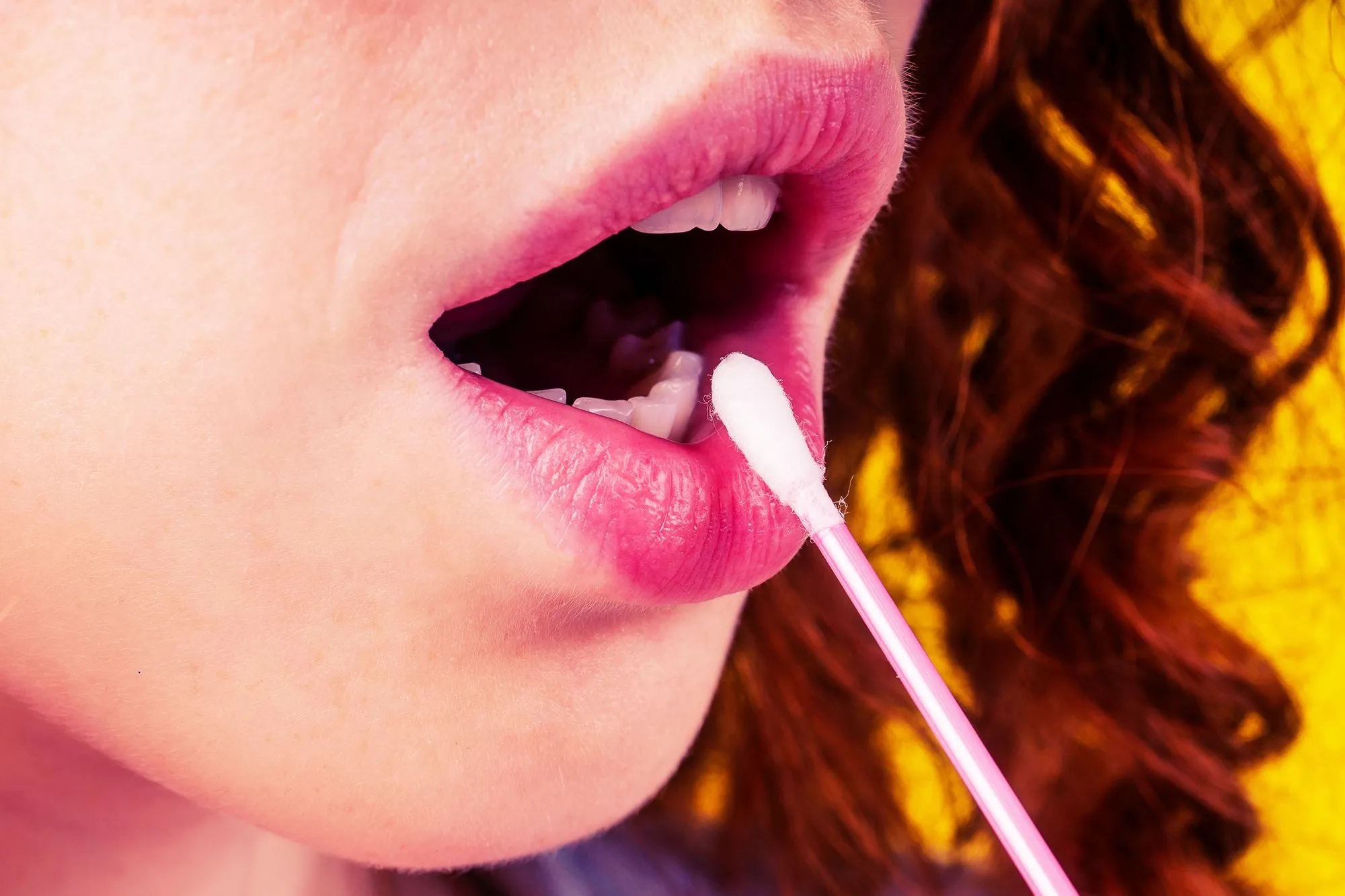
For home use, hydrogen peroxide concentrations typically range from 3% to 10%. These concentrations are considered relatively safe when used as directed. Higher concentrations, often used by dental professionals, can range from 15% to 40%. Professional treatments offer faster results but come with a higher risk of sensitivity and gum irritation. Always check the product label to verify the exact concentration. It’s advisable to start with a lower concentration and gradually increase it if necessary, while always monitoring for any adverse effects. Consulting a dentist helps determine the best concentration for your needs and oral health.
Diluting Peroxide Correctly
If using a higher concentration of hydrogen peroxide, dilution may be necessary to reduce potential risks. Always use distilled water for dilution to avoid any contaminants. Mix the peroxide and water in a clean container, using the correct proportions to achieve the desired concentration. For example, if you have a 10% solution and want to make a 5% solution, you would mix equal parts of the 10% solution with distilled water. It’s recommended to carefully measure the liquids using a syringe or measuring cups to ensure accuracy. After diluting, store the solution in a cool, dark place, and discard any remaining solution after a single use to maintain its effectiveness and safety.
How to Use Peroxide for Whitening Your Teeth
Applying hydrogen peroxide for teeth whitening requires precision to ensure safety and effectiveness. There are several methods to apply peroxide, each with its own set of instructions. Carefully following these guidelines minimizes the risk of adverse effects and maximizes the whitening results. Choosing the correct method and following the steps ensures that the whitening treatment is safe and produces the desired results.
Methods of Application

Several methods exist for applying hydrogen peroxide to whiten teeth. The best method for you depends on your preferences, the type of product used, and your dentist’s advice. Each application method requires following specific steps to ensure safety and efficacy. The most common methods include rinsing, brushing, and the use of whitening trays. Understanding how to implement each method correctly will contribute to a more successful and safer teeth whitening experience.
Rinsing
Rinsing with a diluted hydrogen peroxide solution is one of the simplest methods. Mix a small amount of hydrogen peroxide (usually 3%) with an equal amount of water. Rinse your mouth with this solution for about 30 to 60 seconds, ensuring the solution contacts all tooth surfaces. After rinsing, spit out the solution thoroughly and rinse your mouth with plain water. Avoid swallowing the solution. Repeat this process once or twice a day. This method is gentle but may not provide as dramatic results as other methods.
Brushing with Peroxide
Brushing with hydrogen peroxide involves mixing a small amount (usually 3%) with your toothpaste or applying it directly to your toothbrush. Brush your teeth gently for about one to two minutes, making sure to cover all surfaces of your teeth. After brushing, rinse your mouth thoroughly with water. This method is more effective than rinsing but can increase the risk of gum irritation and tooth sensitivity. Limit the frequency of brushing to once a day or every other day to minimize potential damage. It is recommended to use a soft-bristled toothbrush to reduce abrasion.
Whitening Trays

Whitening trays are custom-made or over-the-counter trays designed to hold a whitening solution against the teeth. You apply the hydrogen peroxide solution to the tray and wear it for the time specified in the instructions, usually from 30 minutes to several hours, depending on the concentration and product. This method is generally more effective than rinsing or brushing because it allows the peroxide to stay in contact with your teeth for a longer period. Custom trays, made by a dentist, offer a more precise fit and may reduce the risk of gum irritation. Always follow the product instructions and consult with your dentist to ensure proper usage.
Step by Step Guide for Whitening
Whether you choose rinsing, brushing, or trays, it’s important to follow a step-by-step procedure to ensure effective and safe teeth whitening. Proper preparation, application, and aftercare all play crucial roles in achieving the desired results while minimizing risks. A structured approach ensures consistency and helps you monitor your progress and any potential side effects. Following these steps will contribute to a safer and more successful teeth whitening experience.
Prepare Your Teeth
Before using hydrogen peroxide for teeth whitening, it’s important to prepare your teeth. Begin by brushing and flossing to remove any food particles and plaque, which can interfere with the peroxide’s effectiveness. If you have any existing dental work, such as fillings or crowns, check with your dentist to ensure the whitening treatment is suitable for you. Avoid using the peroxide if you have any oral health issues, such as gum disease or tooth decay, without consulting a dentist. Make sure that the teeth are dry and clean for maximum effectiveness.
Apply the Peroxide Solution
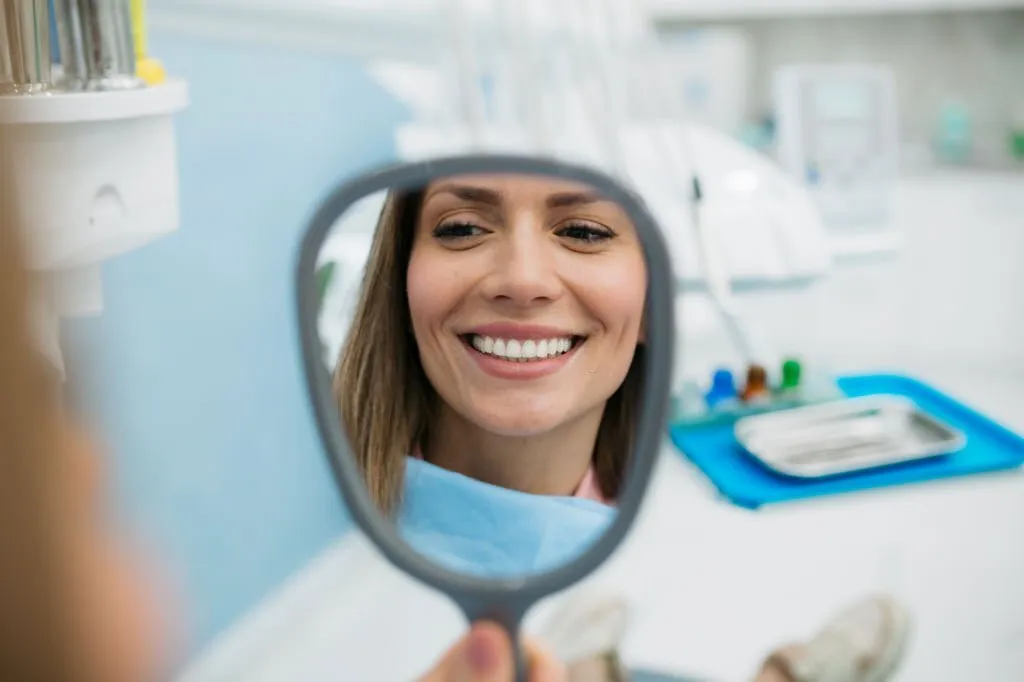
Apply the hydrogen peroxide solution according to the chosen method. If you are rinsing, use a diluted solution and swish it around your mouth. If you are brushing, apply the peroxide to your toothbrush and gently brush your teeth. When using whitening trays, apply the solution evenly to the tray and insert it into your mouth, following the product’s instructions regarding wear time. Make sure that the solution has direct contact with your teeth’s surfaces. If you experience any discomfort, remove the solution immediately, and rinse your mouth thoroughly.
Rinse and Repeat
After applying the peroxide solution, rinse your mouth thoroughly with water. Avoid swallowing the solution. If you are using trays, remove the tray and clean it. Repeat the whitening process as directed by the product instructions or your dentist. It is essential to be patient and consistent for the best results. Overuse or exceeding the recommended frequency can increase the risk of side effects. Monitor your teeth for any signs of sensitivity or irritation, and consult your dentist if necessary.
Whitening Frequency and Duration
Determining the frequency and duration of teeth whitening with hydrogen peroxide depends on several factors, including the concentration of the peroxide, the method of application, and your oral health. It is best to start slowly and gradually increase the frequency as tolerated. Consistency is key to achieve the best results, but overdoing it can lead to unwanted side effects. Always follow the instructions on the product label and seek professional dental advice. Finding the right balance is essential to achieving the desired results safely and effectively.
Factors to Consider
Several factors impact how often and for how long you should use hydrogen peroxide for teeth whitening. The concentration of the peroxide, the method of application (rinsing, brushing, trays), and the sensitivity of your teeth all play a significant role. Consider your oral health history, including any pre-existing conditions or dental work. Your lifestyle habits, such as smoking and diet, can also influence how frequently you may need to whiten your teeth. Always factor in your personal goals and desired results when creating your whitening plan. A thorough understanding of all these factors will allow you to personalize your teeth whitening routine.
Maintaining White Teeth
Once you have whitened your teeth, maintaining the results requires a combination of good oral hygiene, dietary adjustments, and regular dental checkups. It is essential to adopt a routine that will keep your teeth bright and healthy. Long-term success requires a multifaceted approach that includes careful attention to your daily habits and professional support. Following these tips will help you to preserve your bright smile.
Oral Hygiene Routine
A consistent oral hygiene routine is essential for maintaining white teeth. Brush your teeth at least twice a day with a fluoride toothpaste. Floss daily to remove plaque and food particles between your teeth. Consider using an antibacterial mouthwash to reduce bacteria and prevent staining. Regular brushing and flossing prevent the build-up of stains, preserving your brighter smile. Proper oral hygiene is not only essential for your white teeth but also for your overall oral health. Consider adding an electric toothbrush to your routine for better results.
Dietary Considerations
What you eat and drink can significantly affect the color of your teeth. Certain foods and beverages, such as coffee, tea, red wine, and berries, can stain your teeth. Minimize your consumption of these items or consume them in moderation. Rinse your mouth with water after consuming staining foods and drinks. Avoid smoking and tobacco use, as they are major contributors to tooth discoloration. Consider incorporating foods that promote oral health, such as crunchy fruits and vegetables, which can help remove plaque and stains.
Regular Dental Checkups
Regular dental checkups and cleanings are essential for maintaining white teeth and overall oral health. Visit your dentist every six months for professional cleanings and examinations. Your dentist can remove any surface stains and assess your oral health. They can also identify potential problems early on. A professional cleaning can help maintain the brightness of your teeth by removing any accumulated stains. Follow your dentist’s recommendations for a healthy, bright smile. Discuss any concerns or specific teeth whitening needs with your dentist.
